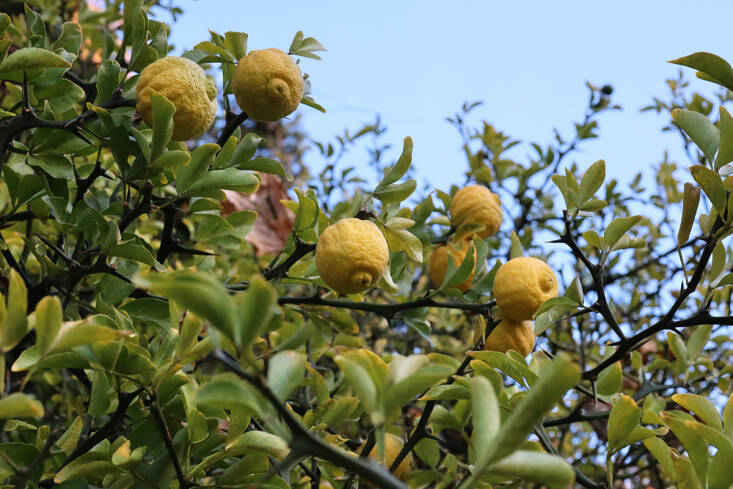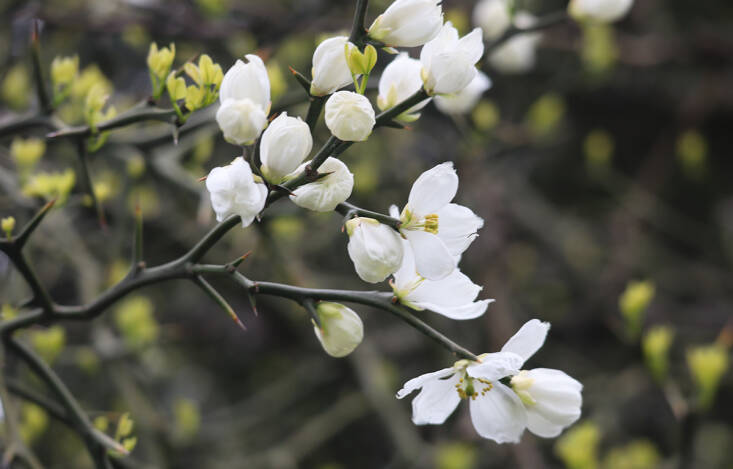Late fall brings the durable orange, among the most aromatic fruits of the season, to ripeness. When its little, creamy fruits drop to the ground from very tough branches, the citrus lovers attack. The fruits’ yellow skins are heavily protective, so they land undamaged, in some cases lasting for weeks before degrading. Their extreme fragrance makes them an effective base for durable orange syrups and vinegars, and for a mouthwateringly appetizing carrot pickle (whose dish you will discover listed below).
Photography by Marie Viljoen
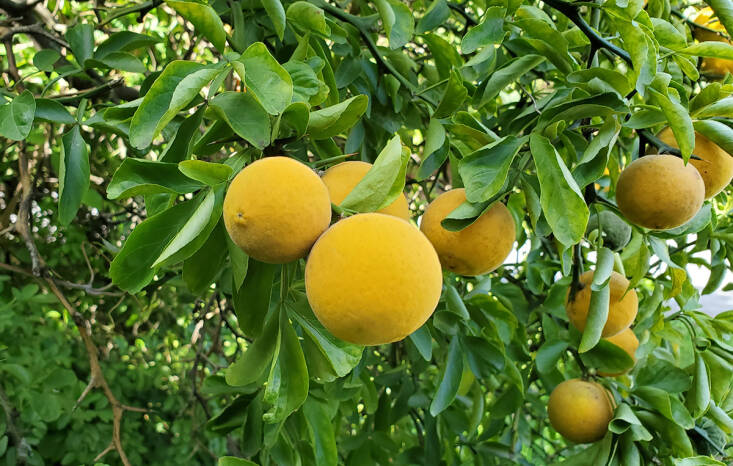
Hardy oranges are belonging to East Asia (to China and Korea) and have actually been cultivated in Japan for centuries; they are likewise called Chinese and Japanese bitter orange. The tree was given the United States early in the 19th century and was later on utilized as rootstock for implanting with less durable citrus types. And it has actually left: In the southeastern United States, it is a considerable intrusive types. Additional north, the cold appears to keep it in check.
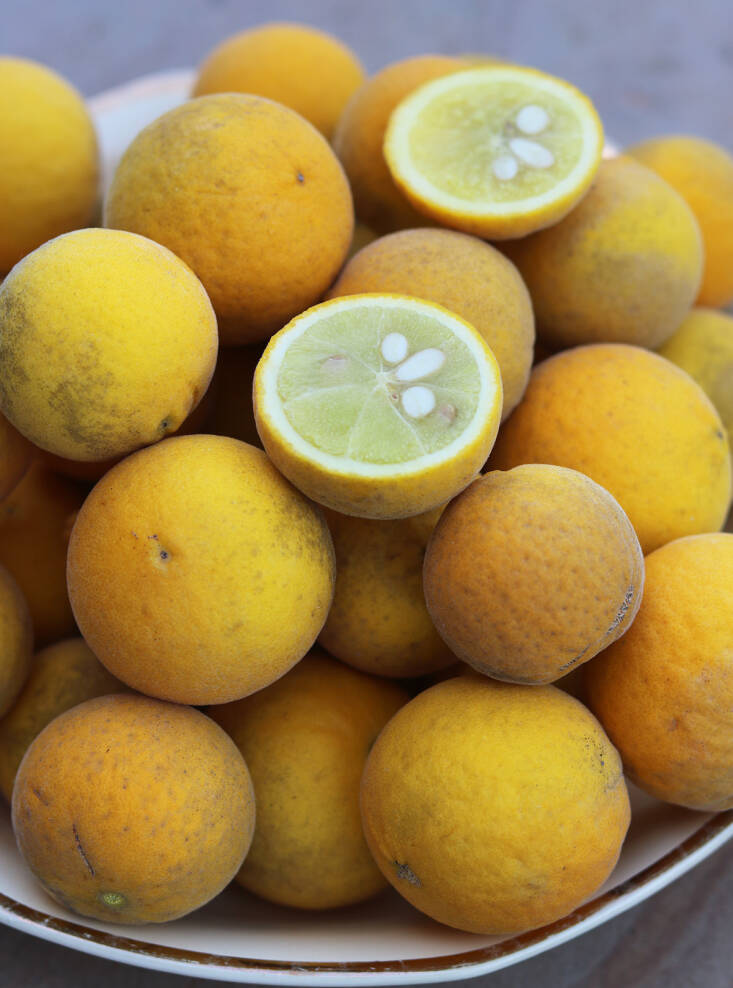
Hardy oranges can be compared to better-known yuzu. Both citrus fruits have huge seeds relative to their size, and a number of them. Both have really aromatic skins. Both have reasonably little pulp and juice. However one commands a large cost, while the other is barely utilized, or is reported to be inedible. The yuzu is appreciated, the durable orange is underestimated and misinterpreted.
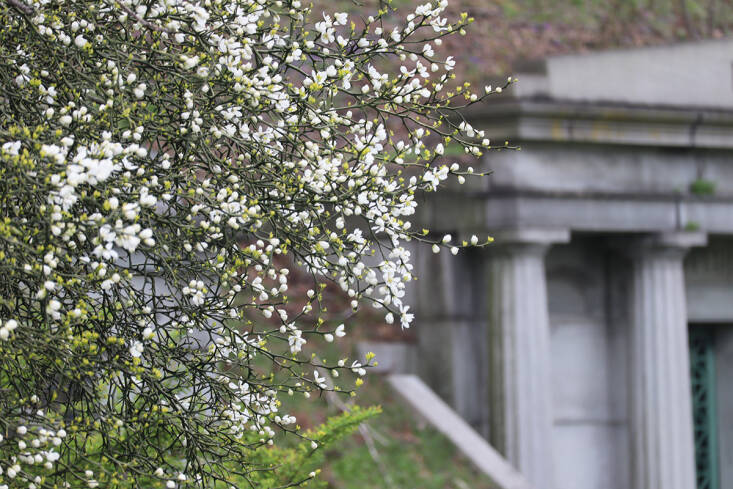
Unlike a lot of other citrus trees, the uncommon and edible durable orange is cold-tolerant. In theory, the tree can be grown down to USDA zone 5, whose minimum temperature level is -20′ F, although Michael Dirr, the well-known professional on woody plants, composes that at that temperature level he has actually “seen it eliminated to the ground.” It will require shelter at that cold-extreme.
The tree is deciduous, losing its leaves in cold winter seasons. And those leaves are unique, with 3 brochures to each petiole. Another typical name, trifoliate orange, explains that foliage, and echoes its present category: Citrus trifoliata. Poncirus trifoliata is a synonym, talking to a dispute regarding whether it deserves its own genus, different from Citrus.
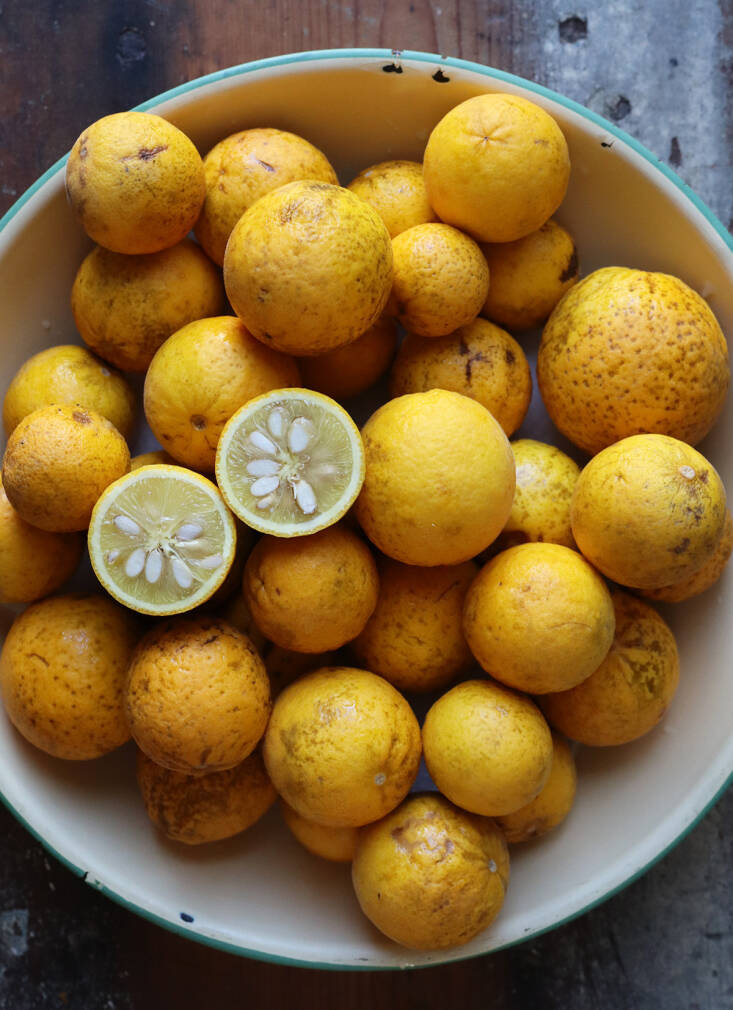
For cooks and kitchen area alchemists, there are 2 more durable orange curiosity. Initially, their downy skins appear to trap bring in city contamination. You might discover a darker movie on the exposed side of the fruit. A great scrub cleans this off efficiently. Second, a gummy residue coats knives and fingers, when you deal with the fruit. The creators of Keepwell Vinegar, who utilize this citrus for a yearly batch of their Bitter Lemon Vinegar, utilize rubbing alcohol or a sodium bicarbonate paste to clean their knives and cutting board after processing. They ferment the fruit “for over a year,” they compose in a message, “and by the time the ferment is over, the residue has actually lost its power.”
Bitter Lemon Vinegar from Keepwell Vinegar is $14 for 12.68 Fl oz.
